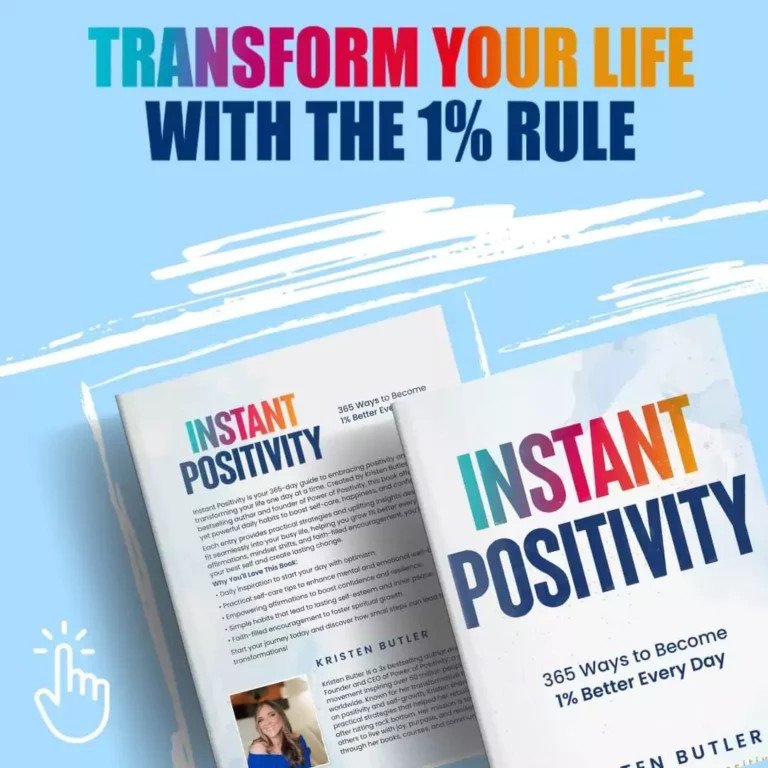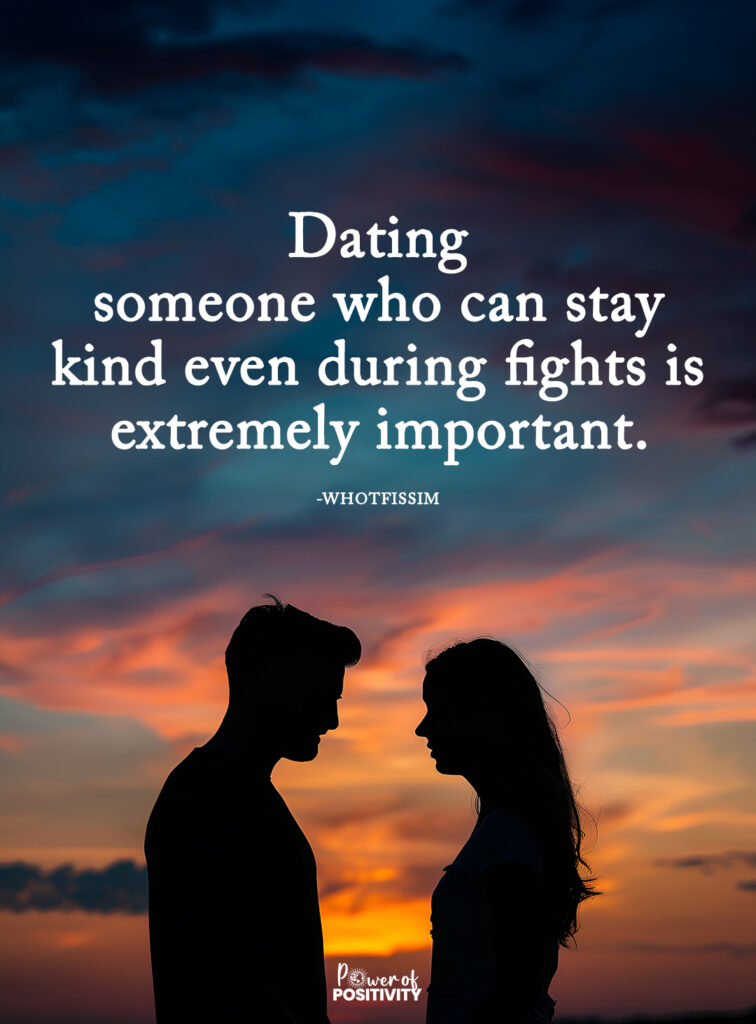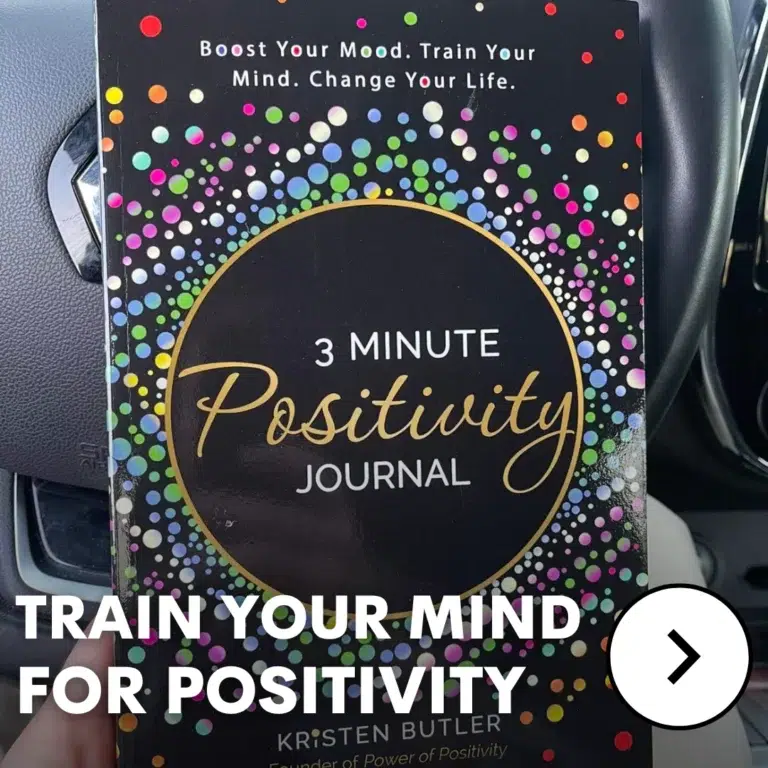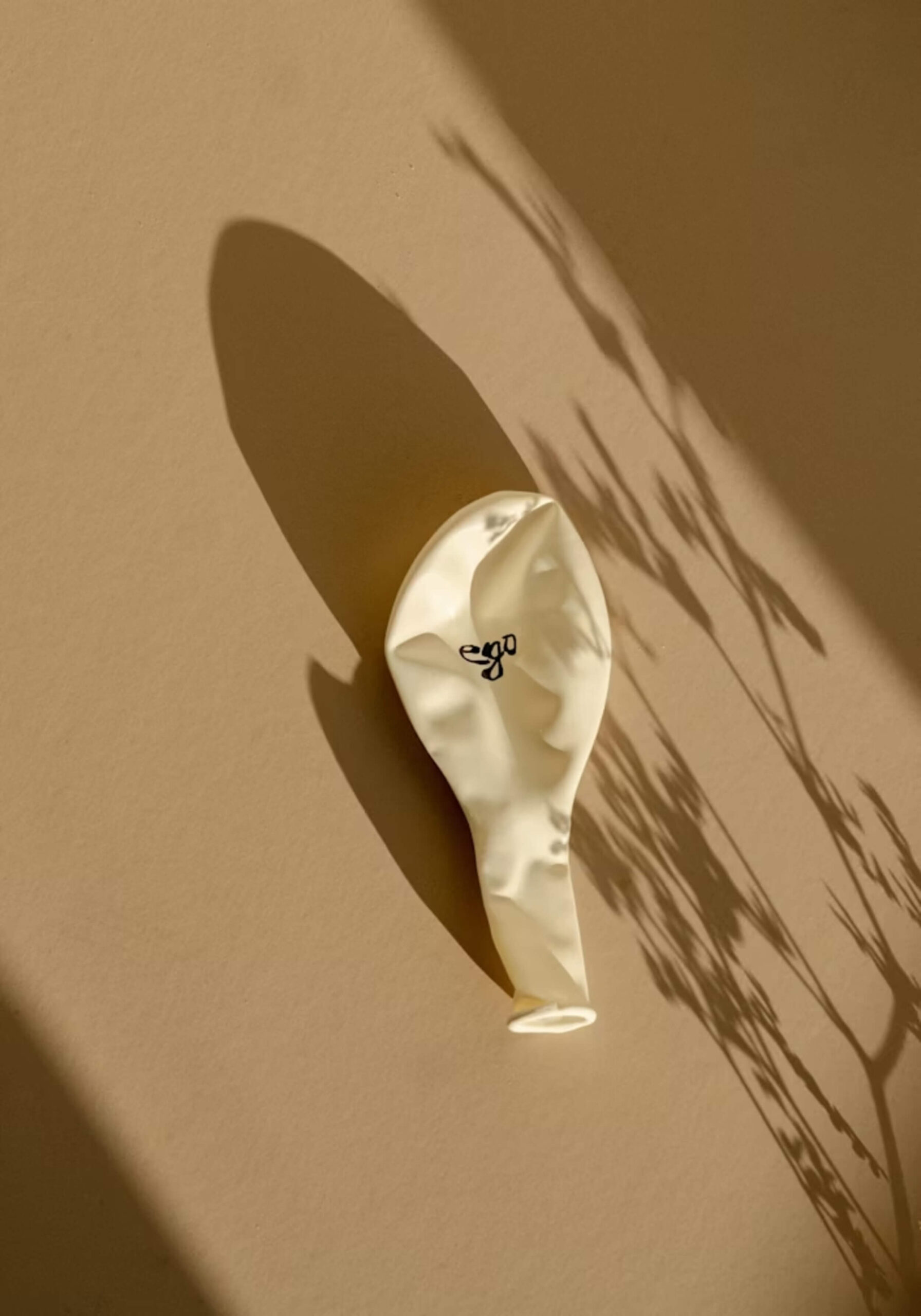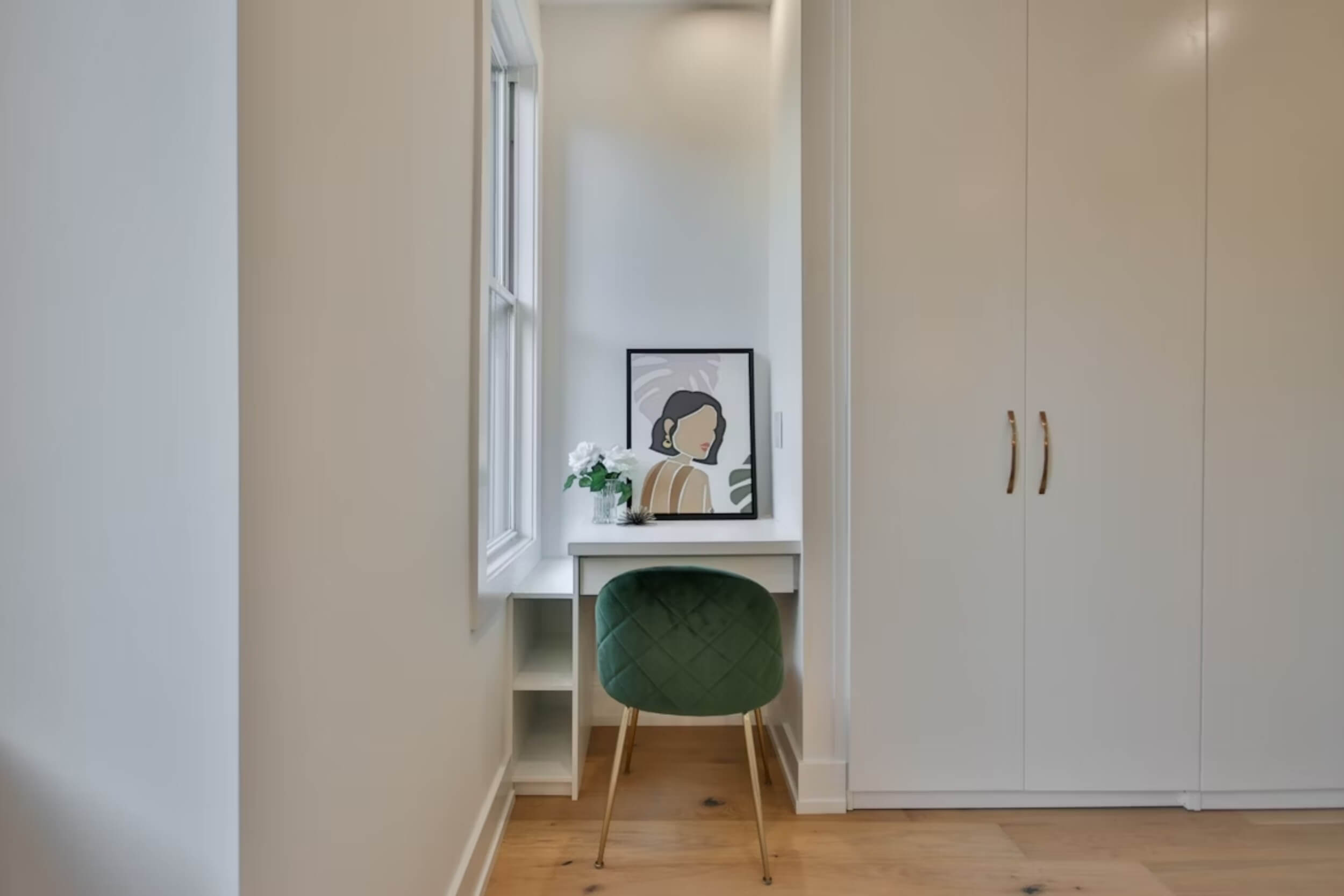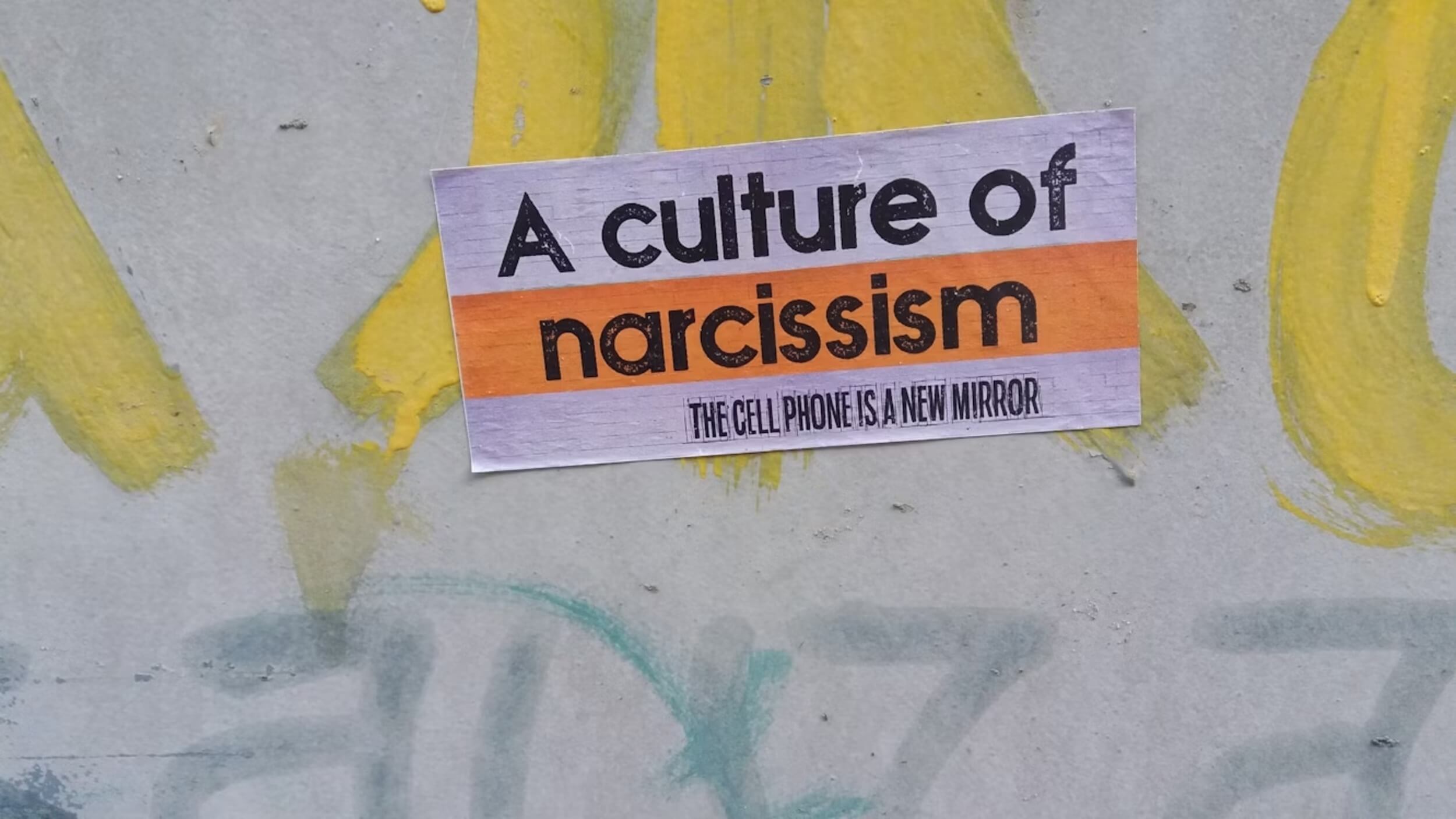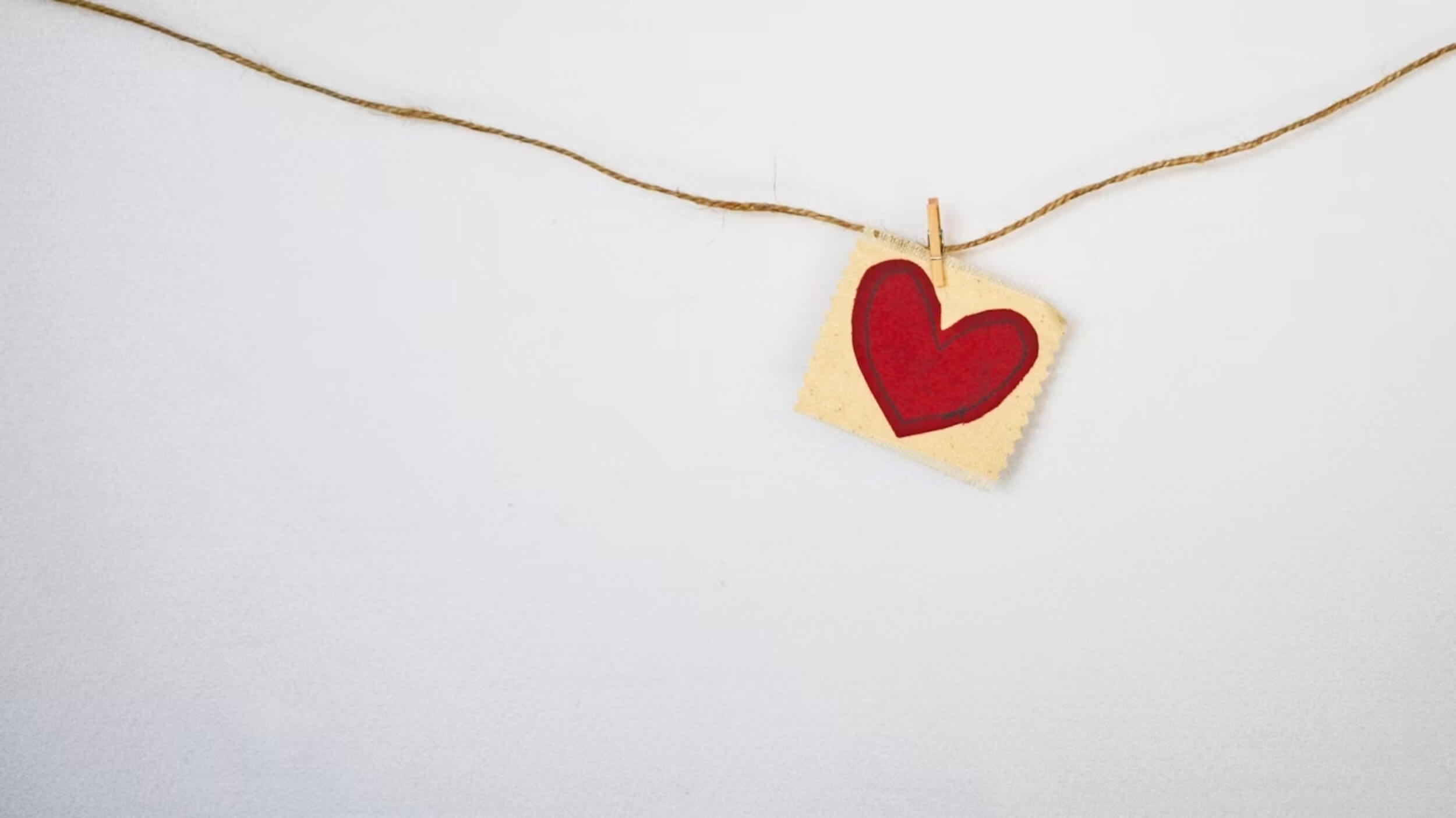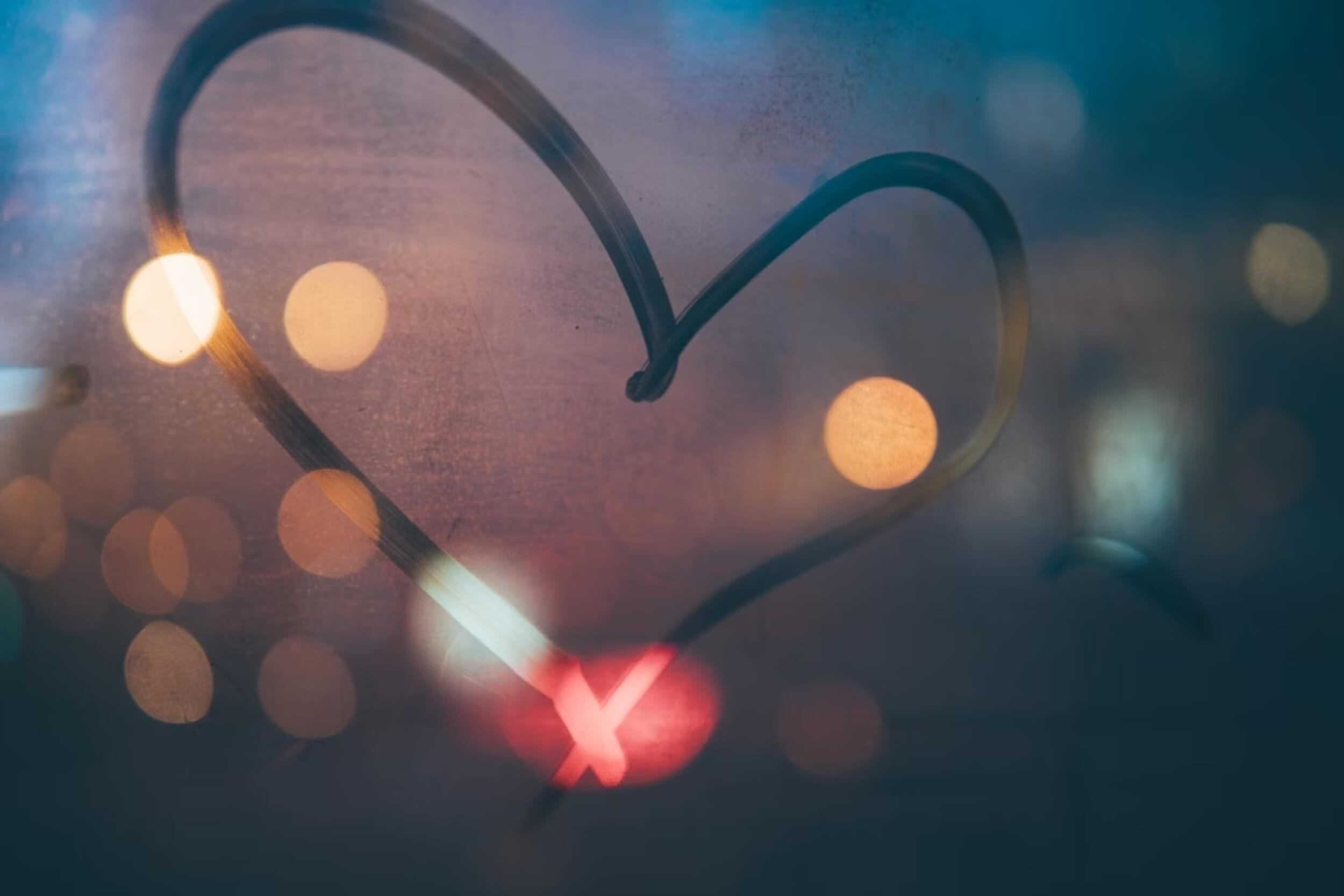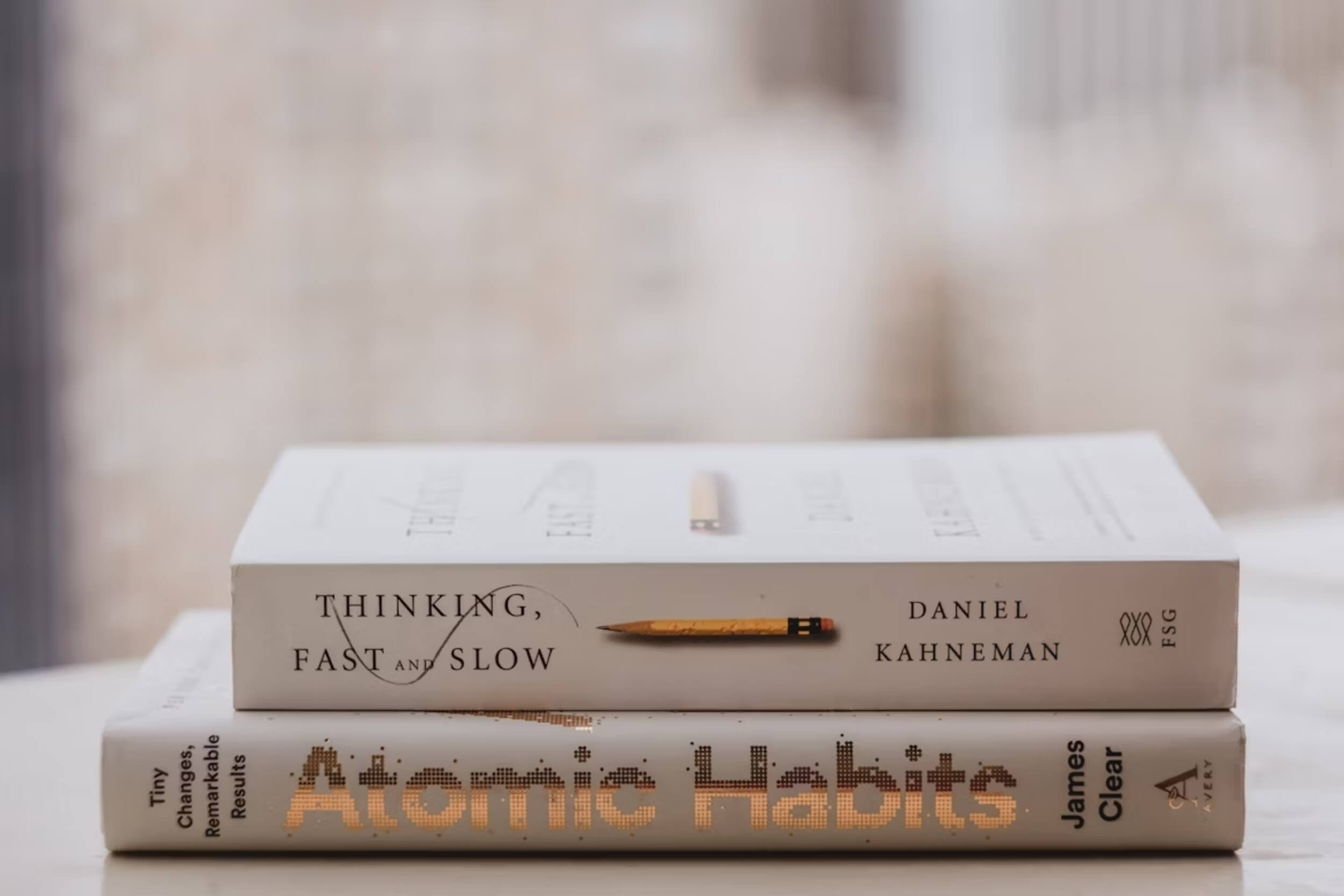Letting go can feel like one of the hardest things to do. Not because we don’t want peace, but because we’re scared of what might come after.
Nobody teaches us how to release something we’ve held close—whether it’s a person, a plan, or a piece of who we thought we had to be. We just carry it, hoping it gets easier.
There’s a quiet kind of pain that shows up when something no longer fits, but we still won’t set it down. That’s when the Art of Letting Go becomes more than an idea—it becomes something we have to learn, step by step.
This isn’t about forgetting or forcing yourself to move on. It’s about making room inside for peace to return. And sometimes, the first step is simply saying, “I don’t want to keep hurting like this.”
Why Letting Go Feels So Hard
There’s a reason the Art of Letting Go doesn’t come naturally. It’s not just about walking away—it’s about facing everything you didn’t want to admit.
Letting go feels hard because:
- The unknown is scary. Not knowing what comes next can feel worse than staying in something that hurts.
- We think we can fix it. Holding on gives us the false idea that if we just try harder, we can make it work.
- We tie it to who we are. Maybe it was part of our identity, and letting go feels like losing a piece of ourselves.
- We’ve already put so much in. Time, love, energy—we don’t want it to feel wasted.
Even if it made you happy once, that doesn’t mean it still belongs in your life. Growth often means outgrowing things—and that’s not failure. That’s self-respect.
What Letting Go Really Means
Letting go doesn’t mean you’re weak. It means you’re strong enough to stop forcing what no longer fits.
It’s not:
- Giving up just because it’s hard
- Being cold or pretending it didn’t matter
- Running away from responsibility
It is:
- Accepting what’s out of your hands
- Choosing peace over stress
- Protecting your own energy
The Art of Letting Go is not about forgetting the past—it’s about not letting it control your future.
Think of it this way:
- If something brings more pain than peace, it’s okay to walk away.
- If it drains you more than it fills you, it’s okay to stop giving to it.
- If it keeps you stuck, it’s okay to choose freedom.
Here’s a truth worth holding onto:
“Letting go isn’t about losing. It’s about choosing what no longer deserves your energy.”
My Personal Turning Point with Letting Go
There was a point when I kept holding on to something I knew deep down wasn’t right. I told myself things would get better, that maybe I just needed more patience. But the truth was, I was losing myself in the process.
Each day felt heavier. I’d smile around others, but inside, I was tired—tired of pretending, tired of hoping for something that wasn’t changing. I stayed because I was scared. What if I let go and ended up regretting it?
Then one evening, I sat alone in silence. I wasn’t trying to fix it anymore. I just sat, breathed, and said softly, “It’s okay to let go now.” Something shifted in that moment.
No big drama. No instant fix. Just peace.
That was the start of learning the Art of Letting Go—not as a choice made once, but one I’d have to keep choosing until it stopped hurting.
What Changes When You Release
Letting go might not feel good right away—but something always opens when you do.
Here’s what starts to happen:
- Your mind clears up. Things that felt messy begin to make sense.
- The weight lifts. You stop carrying what was never yours to fix.
- You find yourself again. Without the noise, your voice gets louder.
- Peace shows up unexpectedly. Not always loud—but steady and quiet.
- You feel free. Maybe for the first time in a long time.
The Art of Letting Go is not about chasing happiness. It’s about making space. Space for new thoughts. Space to breathe. Space to heal.
And peace? It grows best where there’s room for it. Letting go gives it that chance.
How to Let Go Spiritually: 7 Gentle Practices That Help
If you’re wondering where to begin, here are spiritual habits that helped me soften the grip.
1. Acknowledge What You’re Still Clutching
Start with honesty. Ask yourself what you’re still holding on to. Maybe it’s someone who left. Maybe it’s a version of yourself that no longer feels true. Be honest, even if the answer feels uncomfortable. Naming it is the first quiet step toward release. Until you know what it is, you can’t let it go.
2. Let Yourself Feel Without Editing
When you keep emotions pushed down, they just sit there. Letting go doesn’t mean pretending something didn’t matter. It means feeling everything you avoided—anger, grief, confusion—without judging yourself for having them. Feel it, so you can start to free it.
3. Speak Words of Release Daily
Letting go is easier when your words line up with what you want. Saying things like “I release this” or “I don’t have to carry this anymore” may feel awkward at first, but it helps shift your focus. It’s a gentle way of reminding your mind and heart of what matters now. The more you speak it, the more it starts to stick.
4. Unclench Your Body and Breathe
So much of what we carry emotionally shows up physically. If your shoulders are always tight or your chest feels heavy, pay attention. A deep breath, a stretch, or even resting your hand on your heart can shift your whole state. Your body often knows when it’s time to let go—even before your mind does.
5. Be Willing to See Things As They Are
There’s a moment when the truth feels clearer than the story you’ve been repeating. It might not be the story you wanted, but it’s the one that sets you free. Seeing things as they are, not as you hoped they’d be, is a quiet kind of strength. Acceptance brings peace, even if the truth hurts.
6. Create a Ritual of Release
Letting go sometimes needs a moment you can feel. Write a letter you never send. Throw something out that carries weight. Light a candle and say what you’re ready to release. These small actions turn your decision into something real.
7. Trust That Something New Can Grow
Even if you can’t see what comes next, trust that something good can still grow. Letting go is not the end of your story. The Art of Letting Go creates space—for healing, for peace, for something softer than what you were holding onto.
Final Thoughts on Letting Go and Finding Peace
Healing doesn’t come with a deadline. You’re not behind, and you’re not doing it wrong if it still hurts some days. Letting go isn’t something that happens all at once—it’s something you return to again and again, each time a little lighter than before.
You don’t have to erase the past or pretend it didn’t shape you. What matters is that you no longer let it define your peace. Choosing to release what no longer feels right is one of the kindest things you can do for yourself.
There’s strength in staying, but there’s also strength in walking away. You’re not broken for holding on too long. You were trying. And now, you’re allowed to try something else.
The Art of Letting Go is quiet, steady, and deeply personal. It’s not about forgetting—it’s about freeing your heart so it has room for what’s next. That’s where real peace begins.




